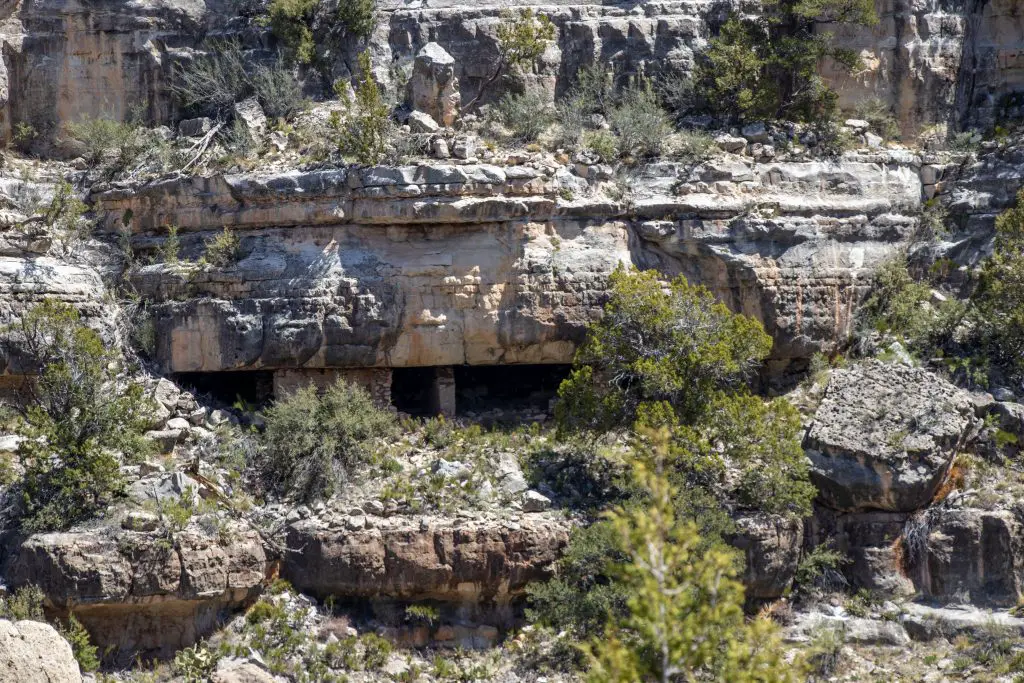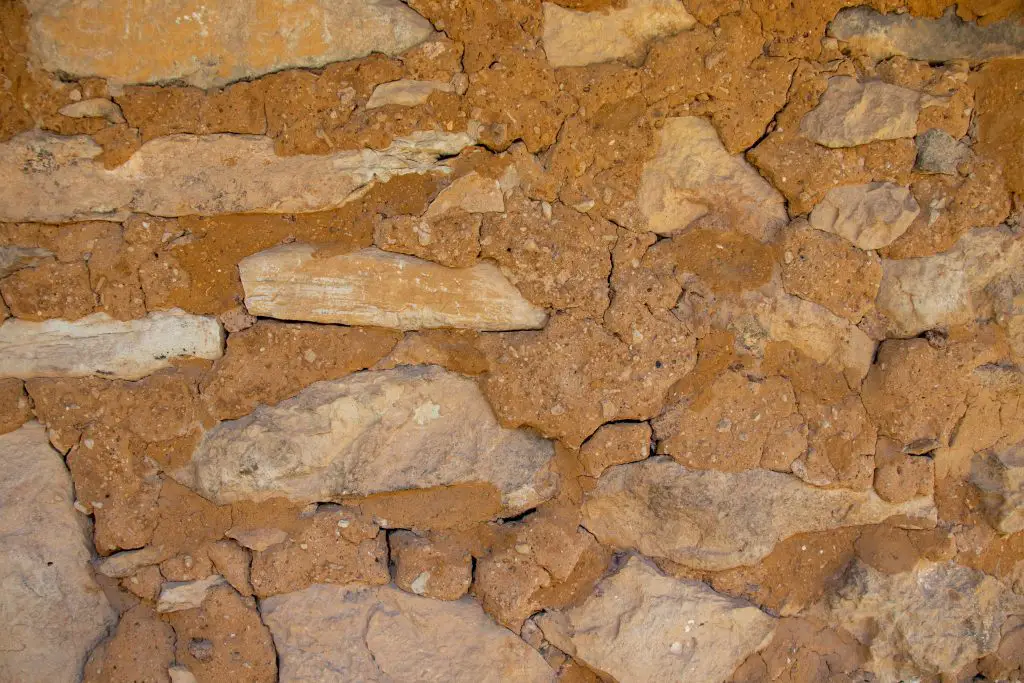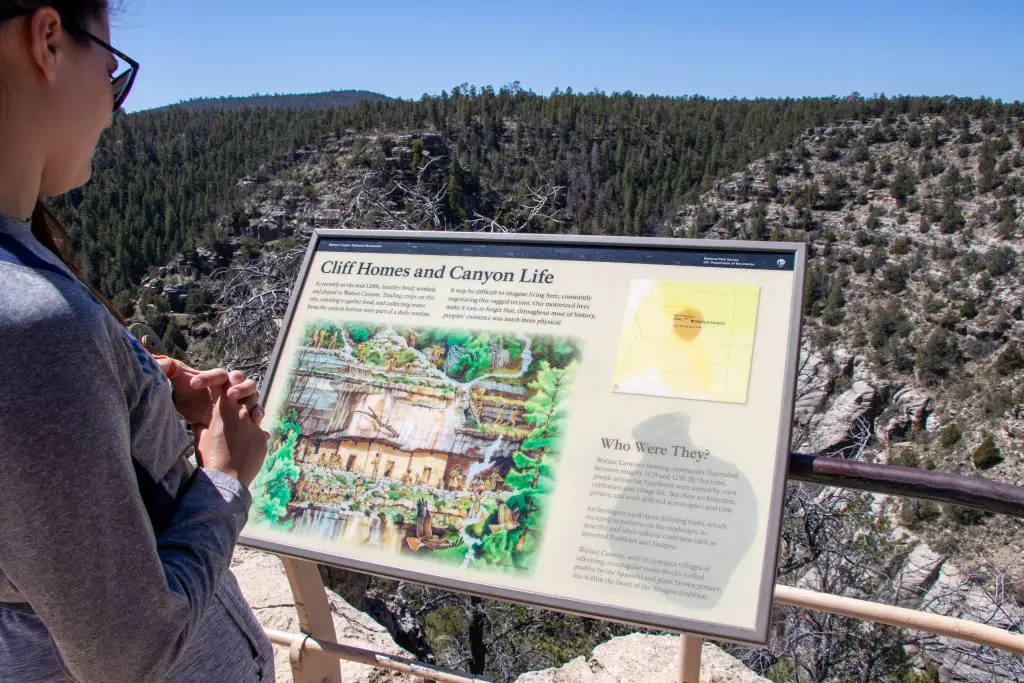Arizona is a state that brings a variety of visitors, many of which are road-tripping along historic Route 66 or on route to the world famous Grand Canyon. While Arizona National Parks such as Grand Canyon National Park attract tons of visitors to the state in the first place, there are plenty of lesser-known gems along the drive to keep your interest. We recently had the pleasure of stumbling across one of those gems: Walnut Canyon National Monument.

Just a few miles outside of Flagstaff, you’ll find Walnut Canyon National Monument. Established in 1915, this national monument’s goal is to preserve the area’s ancient cliff dwellings. The canyon, an impressive 400 feet deep and 1/4 mile wide, is the result of 60 million years of erosion. Its natural beauty, however, is not what makes this canyon unique to Arizona. Rather, it is the man-made magnificence that tells a history of rich and diverse cultures that makes this national monument a must see on your drive through the Southwest.

The History of Walnut Canyon
As an archeological site, Walnut Canyon’s history and significance to human society has been closely dissected. Through that dissection, experts found artifacts showing humans sporadically inhabited the area thousands of years ago. According to archeologists who studied the area, by 600 C.E. groups of humans who have been termed Sinaqua people began permanently inhabiting the canyon’s rim. However, it wasn’t until 1100 that this culture began moving into the canyon and constructing the cliff dwellings we still see today.

Over the years, a diverse array of Native groups inhabited the cliff dwellings as they passed through the area. The Hopi, Zuni, Navajo, Havasupai, Hualapai, Western Apache, and Southern Salute people are all known to have used this area, making it a sacred and significant piece of land and history for many Native cultures. As you walk down into the canyon via the Island Trail, you confront that significance through reminders of that sacredness via educational signs along the trail.

Visiting Walnut Canyon National Monument
Be Respectful
The first thing to note when visiting Walnut Canyon is that this land is sacred to multiple multiple groups of Pueblo people. Because various Native groups used this land throughout history, many have deep ties to the area through their ancestors who once resided in the canyon. The following quote from the National Park Service website for the monument provides a good reminder:
When you visit ancient Pueblos, remember these sites are an important part of modern Pueblo culture. They are a source of cultural identity and provide a bond with ancestors. Vandalism and theft of artifacts weaken these ties.
Reuben Honahnie, Hopi,
Park Ranger, Flagstaff Area National Monuments

When we spoke with one volunteer ranger at the park, they told us the biggest threat to their conservation efforts is people disrespecting the space by touching and climbing on the ruins, walking off the trails, and tagging their names on the ancient structures. Not only do these actions perpetuate disrespect toward the Pueblo people who once inhabited the area and who today view the space as sacred, but it also sorely harms conservation efforts. Without conserving areas like Walnut Canyon, the rich history embedded in the area will be lost.
Hike Island Trail
Island Trail is a loop that takes you down into Walnut Canyon to view the cliff dwellings up close and personal. The trail is incredibly well maintained, with most of it being paved. On the way down, you will encounter many signs that help tell the history of this awe-inspiring place. The park has also labeled some of the plant life along the trail, allowing visitors to get to know the herbs and plants used by the groups who inhabited the area.

While the trail is only a quick one mile loop, it is considered strenuous, especially for those not accustomed to the 7,000 ft. elevation of the area. The strenuous part comes after you’ve hiked down to the cliff dwelling and begin your journey back up to the visitor’s center. In total, the trail includes 736 stair steps. While that may sound like a lot, there are plenty of places to stop and rest in the shade as you make your way up the canyon. Join us for our quick hike along the trail in our TikTok video below!
@shellby_the_shuttle Walnut Canyon National Monument outside of Flagstaff, AZ! #walnutcanyon #arizonacheck #nationalmonuments #nativehistorymatters #CatOnALeash ♬ I’M FEELING LUCKY – Ellen Once Again
Stroll Rim Trail
Rim trail is the second of two trails within the park. It became clear after talking with a volunteer ranger that the limited amount of trails help them preserve the area as an archeological site. However, because those trails are limited they often see visitors venturing off the trails. One ancient dwelling along this trail is what they call a “pueblo lost to time.” It’s barely-there appearance means visitors often walk over the ruins without a second thought. With that in mind, the park has made an effort to clearly mark the designated trails by paving them, so if you stay on the paved pathway, you will be just fine.

This trail is just under 3/4 of a mile and mostly level, making it a fairly easy stroll especially compared to the Island Trail. Rim trail also takes you by the picnic area, which is nicely shaded and provides a great spot to stop for lunch and enjoy the scenery or fuel up for your hike down into the canyon.
Final Thoughts on Walnut Canyon National Monument
It happened to be Easter Sunday when we visited, and through talking to volunteer rangers we came to learn that what we thought was a busy day at the park was nowhere near their typical traffic on the weekends. With that said, if you are able to visit during the week, you may have a lot more breathing room on the trails. You will encounter a $25 fee per vehicle (unless you have a National Parks Pass already), but we also confirmed that park fees go toward conservation of the area. Knowing that makes the fee well-worth it!
Lastly, in addition to the two trails discussed here, there is also a small yet incredibly informative museum in the visitor’s center that provides important historical context and analysis of the canyon.

If you decide to visit Walnut Canyon, I hope you enjoy learning about the history as much as we did! The views of the canyon and the San Francisco Peaks in the background are just the cherry on top of this extraordinary place in human history.




